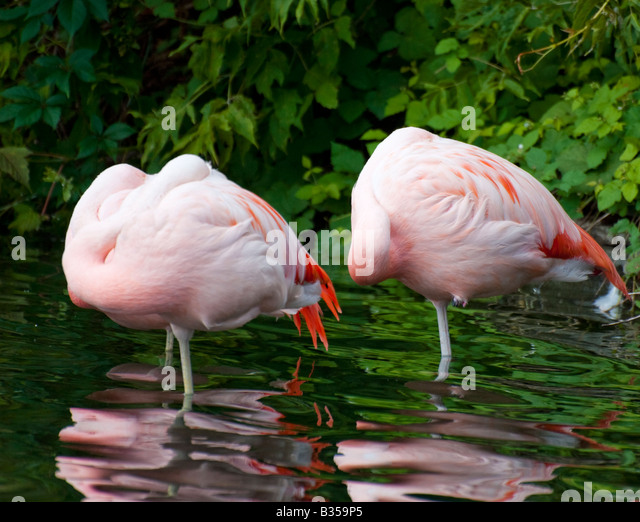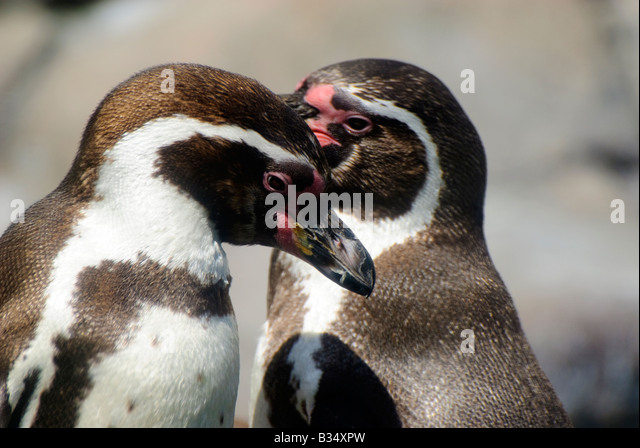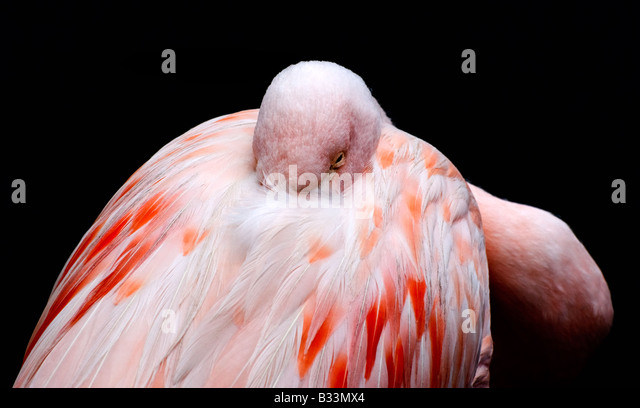I feel it would be remiss if I did no apologize for the long time between this and my last entry. However, with my acceptance to Alamy and my testing of SmugMug, I’ve been somewhat preoccupied. In fact, I’m somewhat amazed at just how much time stock photography takes!

While Alamy doesn’t have overly difficult requirements to meet as far as image uploading goes, they do ask for a few simple things (once you understand them). They require at least 48 megabyte uncompressed files saved in a high quality JPEG format. They also ask that the files have no sharpening applied to them. In my opinion, the hard part is finding technically perfect images which Alamy won’t reject due to image softness.
As an Adobe Lightroom user who shoots in the Nikon RAW format of either my D50 or my D200, I find this rather easy to accomplish. Both of these cameras have an approximate 2/3 ratio of short edge to long edge. For example, my D200 takes photos of 3,872 pixels by 2,592 pixels. The D50 has a similar ratio. Knowing this, if I resize the photos for the longest edge to a length of 5,128 pixels, my photos will be approximately 5,128 by 3,418 pixels or 17,527 pixels. Given that a JPEG format has 8-bits of data per channel per pixel, that brings the file to around 50 MB.

Under the Lightroom export settings, I simply tell it to resize so that the longest side is 5,128 px and to export using the highest quality JPEG compression. I’ve never had a Quality Control rejection using these settings.
It is important to note a few things. First of all, the resulting JPEG will be around 6 – 10 MB. This is because JPEG format uses compression. That is just fine. This is where a lot of people get hung up. Second, if I’ve cropped the photo at all, the size may not be correct. In these instances, it’s important to verify the actual uncompressed size of the final image.

After hearing a lot of people have problems with this process, it occurred to me that I hold very high standards when it comes to my Alamy workflow. I won’t use any original files which need drastic cropping. Even taking just a little off the side of an image will result in a drastic loss of pixels. Also, I ensure that the photos are perfectly in focus and sharp. So far, I’ve not had any problems so I guess it’s working!
I haven’t forgotten my SmugMug vs. Zenfolio debate either. I’m currently in the process of evaluating them and will definitely be posting more information in the next day or so as to how it’s shaping up!